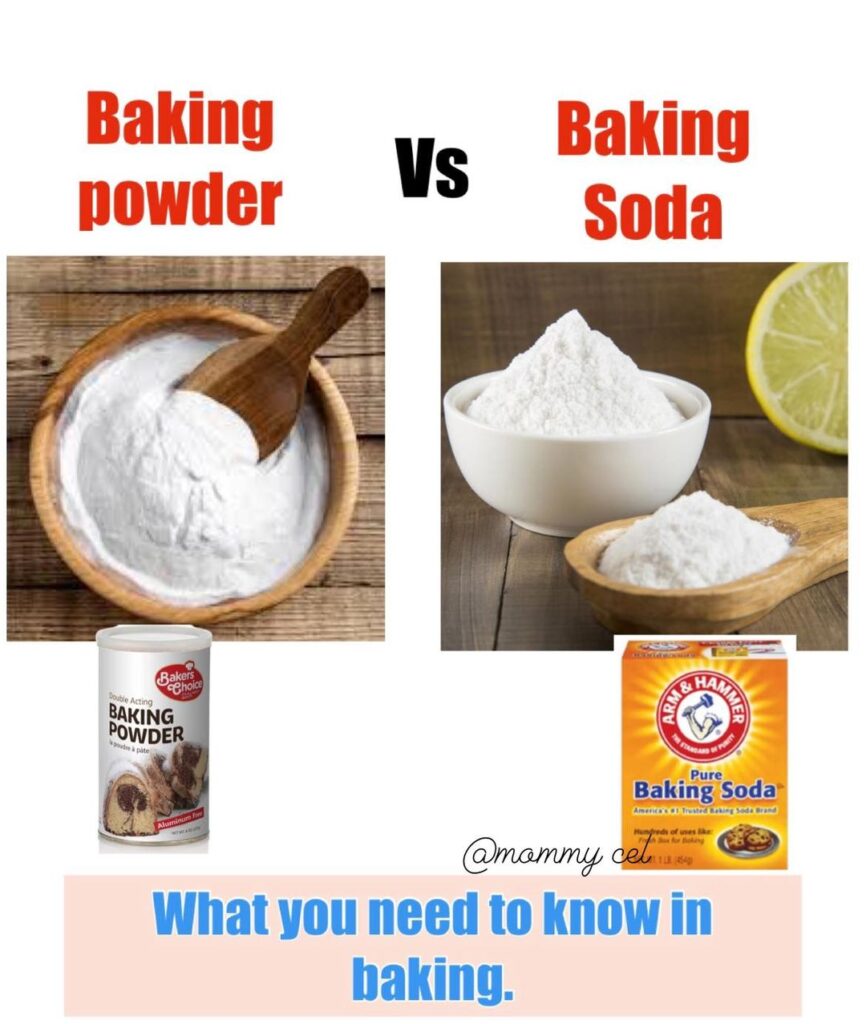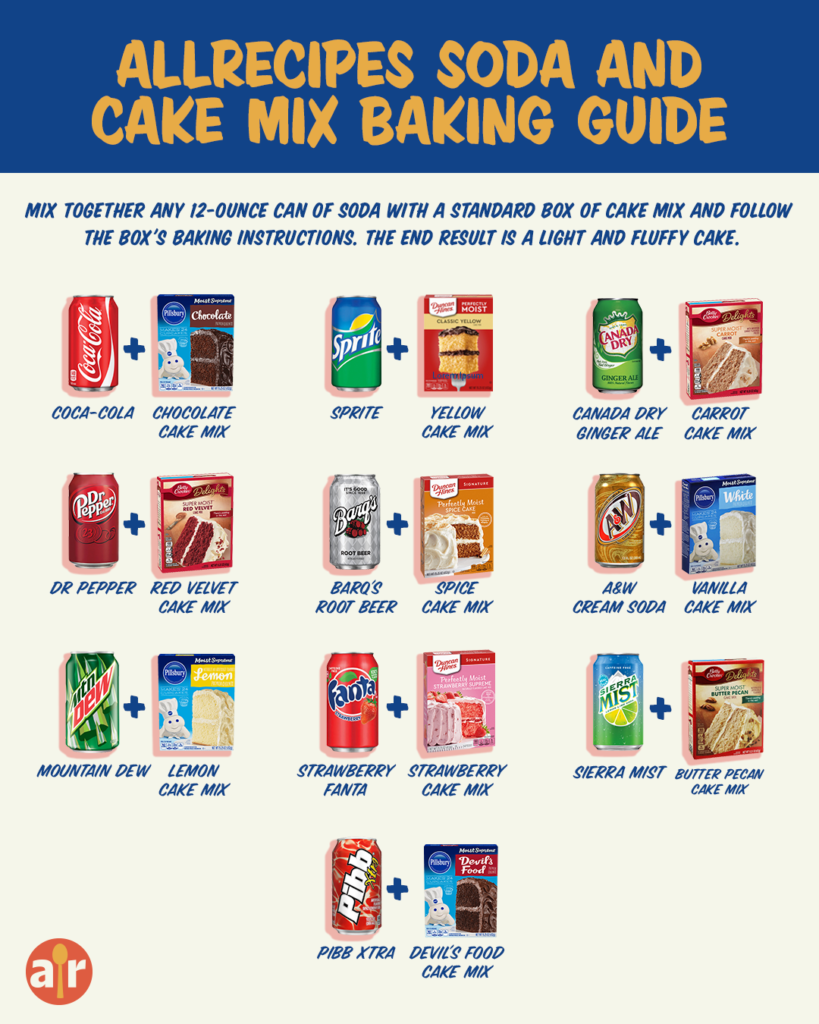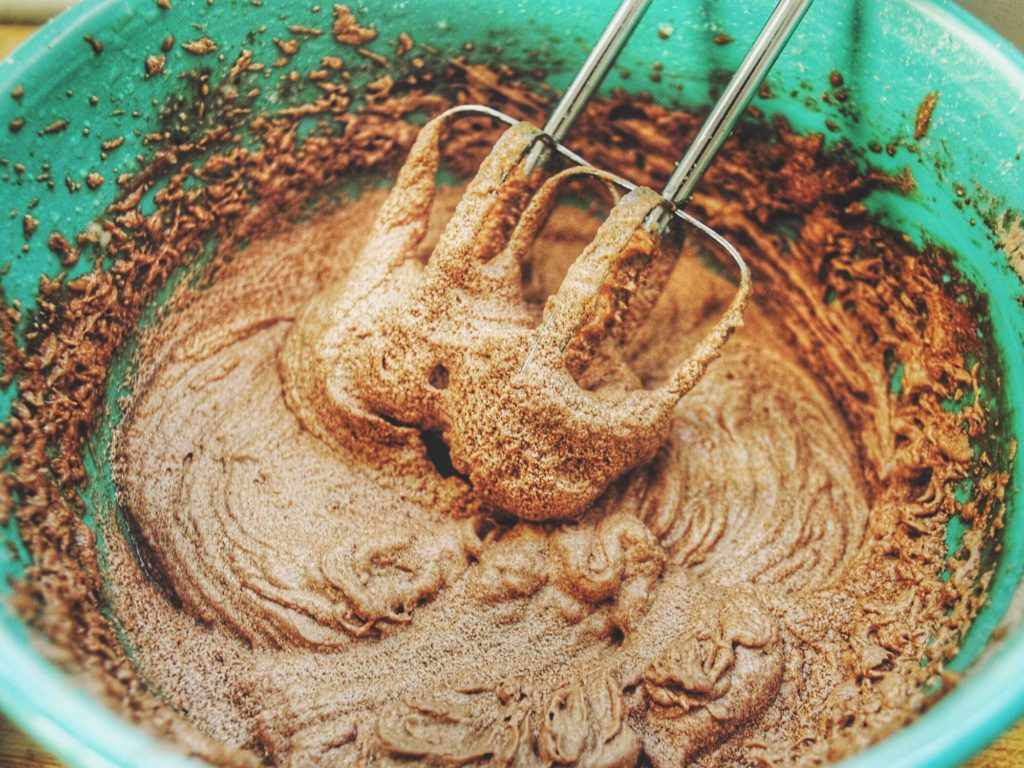
How they work in our baking needs.
Baking is not just about following a recipe; it’s a science that involves the careful balance of ingredients to achieve the perfect texture, rise, and taste in your baked goods.
Two common leavening agents in baking are baking soda and baking powder, and understanding the differences between them is key to successful baking.
Baking Soda (Sodium Bicarbonate):
Baking soda is a pure chemical compound known as sodium bicarbonate. It’s a base that requires an acid to activate its leavening properties.
How it works:
When baking soda encounters an acid (like yogurt, lemon juice, or vinegar) in a recipe, a chemical reaction occurs. Carbon dioxide gas is released, causing the dough or batter to rise. This reaction happens quickly, so it’s essential to bake your goods immediately after mixing.
Common uses:
Baking soda is ideal for recipes with acidic ingredients like buttermilk, sour cream, or molasses. It’s commonly used in recipes like pancakes, quick bread, and some cookies.
Baking Powder:
Baking powder is a mixture of baking soda, an acid (usually cream of tartar), and a starch (like cornstarch) to prevent clumping. There are two types: single-acting and double-acting.
How it works:
Single-acting baking powder releases carbon dioxide gas as soon as it’s mixed with liquid and acid in a recipe.
Double-acting baking powder, on the other hand, releases gas both when mixed and when exposed to heat during baking. This allows for a more controlled rise and a longer time window for baking.
Uses:
Baking powder is versatile and works well in recipes without acidic components. It’s often used in cakes, muffins, and biscuits, where a more delicate rise is desired.
Balance of Ingredients:
The choice between baking soda and baking powder depends on the overall pH of your recipe.
Acidic recipes require baking soda, while neutral or alkaline recipes benefit from baking powder.
Storage:
Keep both baking soda and baking powder in airtight containers in a cool, dry place to maintain their effectiveness.
In summary, baking soda and baking powder are essential tools in the baker’s arsenal.
Understanding how they work and when to use them is crucial for achieving the desired texture and rise in your baked goods.
Whether you’re making fluffy pancakes, tender muffins, or perfectly risen cakes, the right leavening agent can make all the difference in the world of baking.

Call it a hack, a shortcut, or a super simple “recipe,” but combining a 12-ounce can of soda and a standard box of cake mix is like a magic trick.
The end result is an extra moist and soft cake, with more flavor than usual thanks to your soda of choice. And yes, it’s every bit as bouncy and fluffy as any other cake. You’ll want to consider frostings, too, when you’re picking out your cake and soda combo.
If you’re searching for incredibly easy dessert, look to our handy chart to plot out your pairing. Do classic combinations like Coca Cola and chocolate cake mix, or pep things up with Canada Dry Ginger Ale and carrot cake mix.
Why does this unusual combination work? The leavening agents in the cake mixes still do their duty, even without oil or egg. The soda is all the liquid you need to turn the powdery mix into a bake-able batter. Combine, pour into cake pans, and the mixture will act just like any other cake batter.
But before you think this is some TikTok experiment or Pinterest hack, you should know this method has been around for decades. Old-fashioned cookbooks are filled with soda-meets-cake-mix recipes that were highly fashionable at the time.

Favorite soda and cake mix pairings:
- Coca Cola + Chocolate Cake Mix
- Sprite + Yellow Cake Mix
- Dr. Pepper + Red Velvet Cake Mix
- A&W Cream Soda + Vanilla Cake Mix
- Barq’s Root Beer + Spice Cake Mix
- Canada Dry Ginger Ale + Carrot Cake Mix
- Mountain Dew + Lemon Cake Mix
- Fanta Strawberry + Strawberry Cake Mix
- Sierra Mist + Butter Pecan Cake Mix
- Pibb Xtra + Devil’s Food Cake
Simply stir together the soda and cake mix and follow the mix’s baking instructions for the size of the pan and cook time. The end result will be a delightfully light and fluffy cake with minimal effort, which we view as a win-win.
]]>